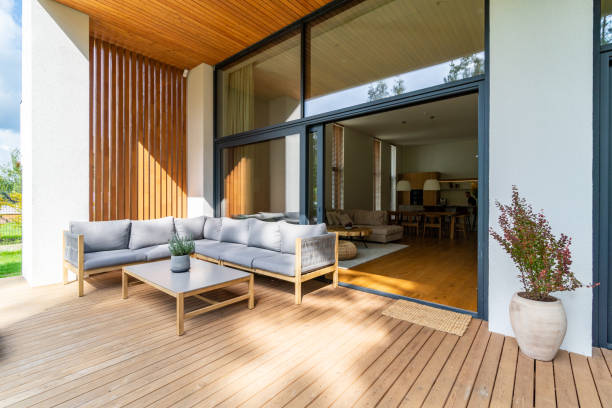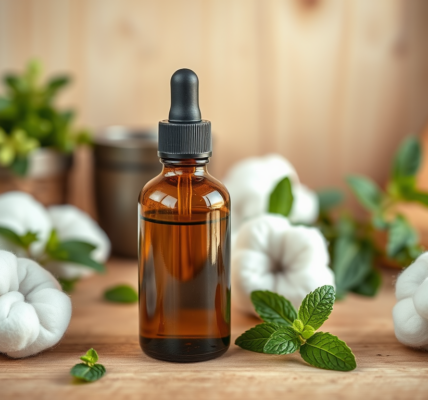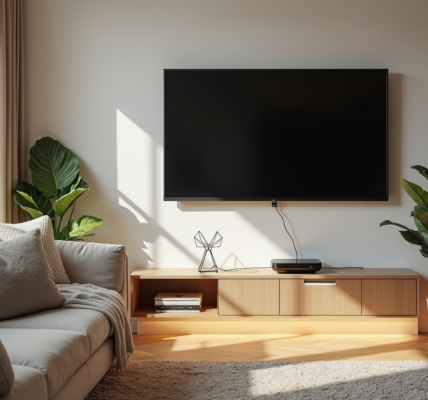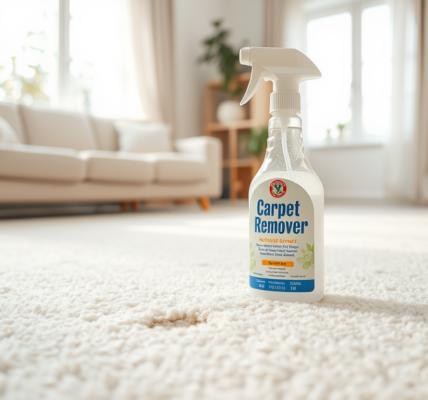To begin, let’s delve into the realm of materials specifically crafted for patio cushions and outdoor furniture. Fabrics for outdoor cushions are not standard issue; instead, they are manufactured to endure the rigors of the open-air environment. Typically, they are made from synthetic fibers like polyester, which helps keep mold at bay and makes them easier to clean.
Types of Fabrics Used for Outdoor Cushions
- Sunbrella: Often used for high-end patio furniture, this fabric is well-known for its UV resistance and colorfastness.
- Olefin: A budget-friendly option that is also UV resistant and dries quickly.
- Polyester: While it’s less expensive, it may not offer the same level of durability as Sunbrella or Olefin, but it is still a popular choice.
Fabrics fortified with PVC or PU coatings also helps to repel water, but even the sturdiest fabric will not last forever if not maintained properly. Garden furniture cushions should be selected with both comfort and resilience in mind.
Water-Resistant vs. Waterproof – What’s the Difference?
A common misconception is that water-resistant and waterproof mean the same thing; they do not. Water-resistant fabrics will help impede the penetration of water but will not completely reject it, especially during heavy rain. Waterproof materials, on the other hand, are impervious to water, ensuring that moisture does not seep into the cushion at all. It’s crucial to note that while waterproof covers can help protect the cushions, they should not suffocate the fabric, as this could cause a buildup of condensation, potentially leading to mildew.

The Impact of Weather on Outdoor Cushions
Sun Damage and UV Protection
Constant exposure to the sun’s rays will eventually cause the colors of your outdoor cushions to fade. UV protection in the fabric’s treatment can help to mitigate this effect to a certain extent. However, even the best patio furniture will not completely withstand the harshness of direct sunlight over long periods, which is why shading your seating area could also be beneficial.
Effects of Rain and Moisture
Rain is another adversary for garden furniture. Although outdoor cushions are designed to endure occasional dampness, prolonged or heavy exposure to water could cause issues. If cushions do get soaked, it’s imperative to dry them out as soon as possible to prevent damage to the material or inner padding. Good drainage within the cushion helps protect against moisture accumulation.
Dealing with Mold and Mildew
When left damp, cushions are hotbeds for mold and mildew growth. Waterproof covers or a well-ventilated storage area can help prevent these unsightly and potentially harmful spores from appearing. Regular inspection and maintenance can help catch any early signs of mold, allowing you to address the issue before it worsens.
Tips for Protecting Your Garden Furniture Cushions
Using Protective Covers
Covers are not merely for keeping your cushions dry; they also help shield them from dirt, leaves, and other outdoor debris. These covers come in a range of sizes and designs and should be considered an essential accessory for your outdoor furnishings. Here’s a quick rundown on why they are beneficial:
- Protection from the elements: They help shield cushions from rain, snow, and sun.
- Keeps clean: Reduces the frequency of cleaning required by keeping dirt and animals away.
Proper Cushion Storage Solutions
When not in use, especially during off-season periods, your patio cushions should be stowed properly to prolong their lifespan. Storage options could range from outdoor storage boxes to indoor areas like garages or basements. This not only helps keep them dry but also protects them from temperature extremes that could cause the materials to deteriorate.
Maintenance and Cleaning Tips
Regular maintenance helps extend the life of your patio cushions. Most are equipped with zippered covers that can be removed and washed, which also helps maintain hygiene standards, particularly if you have pets. Be sure to read the manufacturer’s instructions for the correct cleaning methods as improper handling can damage the fabric.

Alternatives to Traditional Outdoor Cushions
New Innovations in Outdoor Seating
Advancements in materials and design mean that there are now alternatives to the classic stuffed cushion. For instance, mesh fabrics or reticulated foams allow for a quick-drying experience and may require less maintenance. These materials are valued for their ability to let water flow through them without causing damage or becoming waterlogged.
Natural Fiber Options
Although natural fibers offer an appealing aesthetic, they often lack the weather resistance of their synthetic counterparts. That said, some cultures have long employed natural fibers for outdoor use, with certain types of wicker or treated wood providing a surprisingly resilient alternative, albeit with varied maintenance requirements.
Making the Right Choice for Your Outdoor Space
To make the most informed decision regarding your outdoor furniture cushions and whether they should be left outside, it’s critical to consider your specific situation. The decision will be influenced by factors such as your local climate, the orientation of your outdoor space, and how much time and effort you’re willing to invest in maintenance.
Assessing Your Outdoor Layout and Weather Patterns
Your geographic location plays a significant role in determining the feasibility of leaving cushions outside. Those living in arid locales may find it easier to leave cushions out than those in damp or variable climates. The placement of your furniture, whether it’s under an awning, patio roof, or completely exposed, also helps dictate the level of protection required.
- Assess the exposure to the elements and identify the need for additional protection.
- Consider the seasons and plan accordingly, using storage or protective covers when the weather is less favorable.
Balancing Aesthetics and Functionality
While the visual aspect is important for your outdoor area, functionality should not be compromised. The high-performing fabrics that effectively resist weather conditions may not come in as wide a range of patterns and colors, but they could prove more practical in the long run. When considering the materials and style of your outdoor cushions, it’s essential to strike a balance between how they look and how they will withstand being left outside.
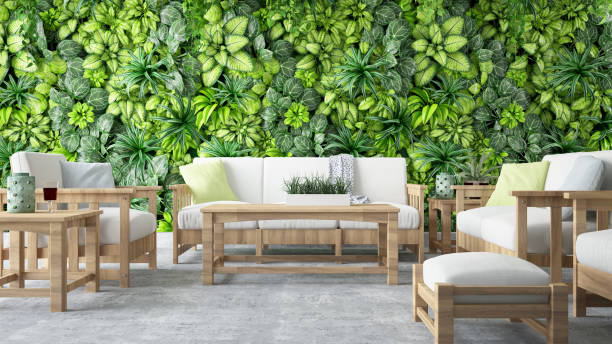
Conclusion
In summary, when contemplating whether to leave garden furniture cushions outside, consider the material they are made from, weatherproofing characteristics, and your specific geographic and environmental factors. By using protective measures such as waterproof covers and proper storage, you can vastly extend the life and appearance of your outdoor cushions. Regular cleaning and maintenance will further preserve their quality. While leaving cushions outside is certainly convenient, it does come with a responsibility to protect your investment for long-term enjoyment. Weigh the pros and cons and remember that with a little extra effort, you can help ensure that your outdoor living space remains both beautiful and functional.
FAQs
Q1: Can I leave my garden furniture cushions out in the rain?
A1: While many outdoor cushions are designed to handle moisture, it’s not advisable to leave them out in the rain. Even water-resistant materials can become waterlogged in heavy downpours, which can lead to issues like mold and mildew. If you expect rain, it’s best to store your cushions in a dry place or use waterproof covers.
Q2: How often should I clean my outdoor furniture cushions?
A2: Cleaning frequency depends on how much your outdoor cushions are used and exposed to the elements. As a general rule, a thorough cleaning at the start and end of the outdoor season should be sufficient. However, if your cushions see daily use or are subject to pets and children, monthly spot cleaning and a mid-season wash can help maintain them.
Q3: Are there any outdoor cushions that don’t need covers?
A3: There are cushions made from materials like Sunbrella or marine-grade vinyl that are designed to withstand the elements without covers. However, even these materials will last longer and stay cleaner with the use of covers during harsh weather or when not in use for extended periods.
Q4: What is the best way to store outdoor cushions during the winter?
A4: The best way to store outdoor cushions during the winter is in a dry, ventilated space where they are protected from extreme temperatures and moisture. Ideally, use a storage bag or a sealed container to keep dust, insects, and rodents at bay. Before storing, ensure the cushions are completely dry to prevent mold growth.
Q5: How do I know if my cushion is water-resistant or waterproof?
A5: Check the product details provided by the manufacturer. Water-resistant cushions are treated to repel water but can still soak through under persistent wet conditions. Waterproof cushions, on the other hand, are designed to prevent water from penetrating at all. If unsure, you can perform a simple water test: sprinkle water on the surface and observe if the water beads up (water-resistant) or if it completely rolls off without wetting the fabric (waterproof).
